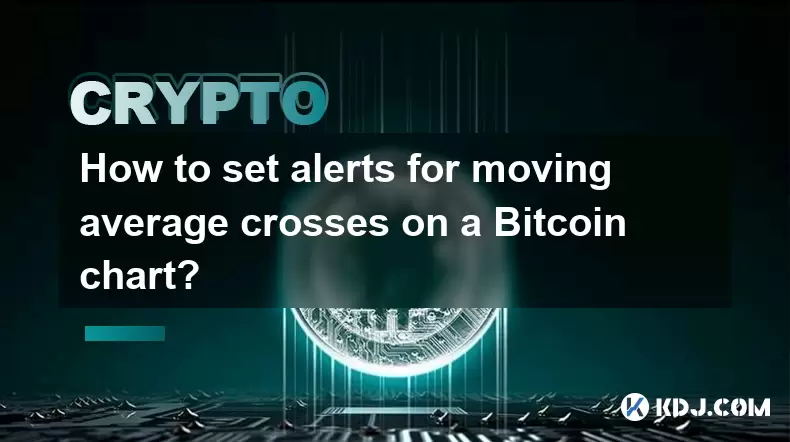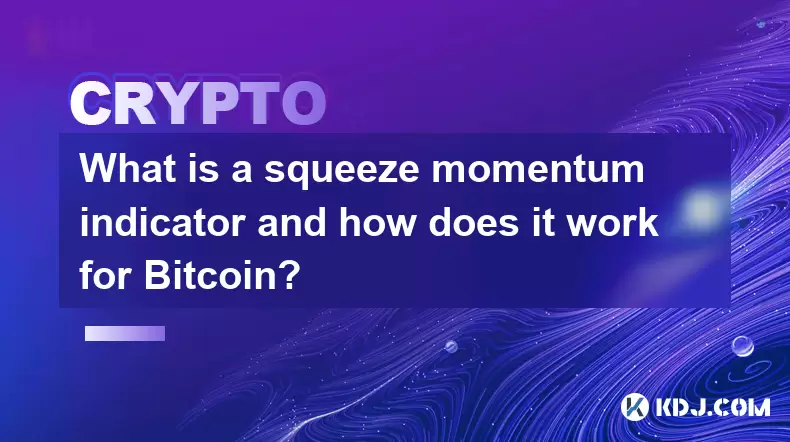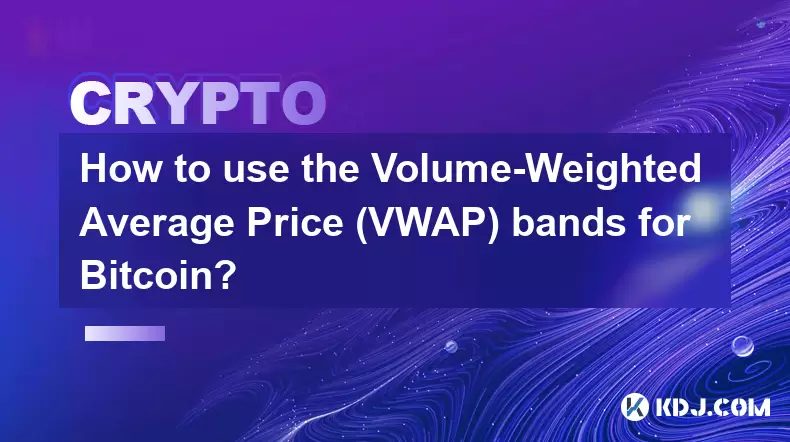-
 Bitcoin
Bitcoin $108,017.2353
-0.81% -
 Ethereum
Ethereum $2,512.4118
-1.58% -
 Tether USDt
Tether USDt $1.0002
-0.03% -
 XRP
XRP $2.2174
-1.03% -
 BNB
BNB $654.8304
-0.79% -
 Solana
Solana $147.9384
-1.76% -
 USDC
USDC $1.0000
-0.01% -
 TRON
TRON $0.2841
-0.76% -
 Dogecoin
Dogecoin $0.1636
-2.09% -
 Cardano
Cardano $0.5726
-1.72% -
 Hyperliquid
Hyperliquid $39.1934
1.09% -
 Sui
Sui $2.9091
-0.59% -
 Bitcoin Cash
Bitcoin Cash $482.1305
0.00% -
 Chainlink
Chainlink $13.1729
-1.54% -
 UNUS SED LEO
UNUS SED LEO $9.0243
-0.18% -
 Avalanche
Avalanche $17.8018
-1.90% -
 Stellar
Stellar $0.2363
-1.69% -
 Toncoin
Toncoin $2.7388
-3.03% -
 Shiba Inu
Shiba Inu $0.0...01141
-1.71% -
 Litecoin
Litecoin $86.3646
-1.98% -
 Hedera
Hedera $0.1546
-0.80% -
 Monero
Monero $311.8554
-1.96% -
 Dai
Dai $1.0000
-0.01% -
 Polkadot
Polkadot $3.3473
-2.69% -
 Ethena USDe
Ethena USDe $1.0001
-0.01% -
 Bitget Token
Bitget Token $4.3982
-1.56% -
 Uniswap
Uniswap $6.9541
-5.35% -
 Aave
Aave $271.7716
0.96% -
 Pepe
Pepe $0.0...09662
-1.44% -
 Pi
Pi $0.4609
-4.93%
What does a bearish cross on the Stochastic RSI mean for Bitcoin?
A bearish cross on Bitcoin's Stochastic RSI signals weakening bullish momentum, suggesting potential profit-taking or trend reversal.
Jul 05, 2025 at 07:18 pm

Understanding the Stochastic RSI Indicator
The Stochastic RSI (Relative Strength Index) is a momentum oscillator used in technical analysis to identify overbought or oversold conditions in an asset's price. It combines two well-known indicators — the RSI and the Stochastic Oscillator — to provide more nuanced signals than either could alone. The Stochastic RSI oscillates between 0 and 1 (or sometimes 0 and 100), and its primary function is to measure the level of RSI relative to its recent range.
For Bitcoin, which often experiences rapid price swings, the Stochastic RSI can be particularly useful. When the indicator rises above 0.8 (or 80), it suggests that Bitcoin may be overbought, while readings below 0.2 (or 20) indicate oversold conditions. However, these levels alone don't always lead to immediate reversals, so traders look for additional confirmation such as crossovers.
What Is a Bearish Cross on the Stochastic RSI?
A bearish cross occurs when the fast line (usually the %K line) of the Stochastic RSI crosses below the slow line (the %D line) in the overbought region (typically above 0.8). This crossover signals a potential shift from bullish momentum to bearish momentum.
In the context of Bitcoin trading, this signal becomes significant because it implies that the buying pressure that had been driving the price upward may be weakening. A bearish cross doesn’t guarantee a price drop, but it does alert traders to the possibility of a trend reversal or at least a pullback.
How to Identify a Bearish Cross on the Stochastic RSI Chart
To spot a bearish cross on a chart:
- Locate the Stochastic RSI window, typically found beneath the main price chart.
- Look for two lines: the faster %K line and the slower %D line (which is a moving average of %K).
- Wait for both lines to rise into the overbought zone, usually above 0.8.
- Watch for the %K line to cross downward through the %D line while still in the overbought territory.
This pattern indicates that short-term momentum is beginning to wane. In Bitcoin’s volatile market, this can serve as an early warning sign for traders who are long on the asset.
Implications of a Bearish Cross for Bitcoin Traders
When a bearish cross appears on the Stochastic RSI for Bitcoin, several implications arise:
- Profit-taking opportunities: Long-position holders might consider taking partial profits or tightening stop-loss orders.
- Shorting possibilities: Aggressive traders might look to enter short positions if other indicators or chart patterns confirm the bearish signal.
- Risk management adjustments: Traders may reduce exposure or hedge their portfolios due to the increased likelihood of a price correction.
It's important to note that a bearish cross is not a sell signal per se, but rather a cautionary one. Confirmation from volume indicators, candlestick patterns, or support/resistance levels should ideally accompany it before making any trading decisions.
Combining the Bearish Cross with Other Indicators
Relying solely on the Stochastic RSI can be risky, especially in highly volatile markets like Bitcoin. To increase reliability, traders often combine the bearish cross with other tools:
- Moving Averages: If the price is below key moving averages (like the 50-day or 200-day SMA), the bearish cross gains more weight.
- Volume Analysis: A spike in selling volume accompanying the cross increases the probability of a downtrend.
- MACD (Moving Average Convergence Divergence): A bearish MACD crossover occurring simultaneously strengthens the signal.
By using multiple indicators, traders can filter out false signals and improve the accuracy of their trades.
Historical Examples of Bearish Crosses in Bitcoin Trading
Looking back at historical data, there have been notable instances where a bearish cross on the Stochastic RSI preceded meaningful corrections in Bitcoin’s price:
- In early 2021, during the parabolic rally, multiple bearish crosses formed in quick succession. Each time, Bitcoin experienced a sharp pullback shortly afterward.
- During the 2022 bear market, bearish crosses were frequent and often marked short-lived rallies before further declines.
These examples illustrate that while not every bearish cross leads to a major downturn, they do highlight moments of increased selling pressure that traders should monitor closely.
Frequently Asked Questions
Q: Can a bearish cross occur in the middle zone and still be significant?
A: Yes, although it's less reliable than when it occurs in the overbought zone. A bearish cross in the neutral zone (between 0.2 and 0.8) may indicate weakening momentum, but it doesn’t carry the same weight as one in overbought territory.
Q: Should I immediately sell Bitcoin after seeing a bearish cross?
A: Not necessarily. A bearish cross is a cautionary signal, not a definitive sell trigger. Always evaluate other factors like trendlines, support/resistance, and volume before making a decision.
Q: How often does a bearish cross lead to a real downtrend in Bitcoin?
A: There is no fixed frequency. The effectiveness depends on the broader market environment. In trending markets, the signal may be less accurate, while in ranging or corrective phases, it tends to be more reliable.
Q: Can the Stochastic RSI give false signals in Bitcoin trading?
A: Absolutely. Like all technical indicators, the Stochastic RSI is prone to false signals, especially in fast-moving markets like Bitcoin. That’s why confirming with other tools is essential.
Disclaimer:info@kdj.com
The information provided is not trading advice. kdj.com does not assume any responsibility for any investments made based on the information provided in this article. Cryptocurrencies are highly volatile and it is highly recommended that you invest with caution after thorough research!
If you believe that the content used on this website infringes your copyright, please contact us immediately (info@kdj.com) and we will delete it promptly.
- Cryptos in July 2025: Massive Gains or Just Hype?
- 2025-07-05 20:30:13
- Pepe's EVM Layer 2 Meme Coin Mania: What's the Hype?
- 2025-07-05 20:50:12
- Shiba Inu, Dogecoin, and the Crypto Skyrocket: What's Making These Memes Soar?
- 2025-07-05 21:10:12
- Tokenized Stocks: Robinhood, Gemini, and the NYSE Threat
- 2025-07-05 21:10:12
- Altcoin Adventures: Navigating the Pepe Fork Frenzy and Solana's Summer Swings
- 2025-07-05 21:15:12
- Hong Kong's Tokenised Bond Leap: Zero Stamp Duty Sparks Web3 Ambitions
- 2025-07-05 20:30:13
Related knowledge

What is the Woodies CCI indicator and can it be used for Bitcoin?
Jul 04,2025 at 05:14pm
Understanding the Woodies CCI IndicatorThe Woodies CCI indicator is a variation of the traditional Commodity Channel Index (CCI), which was originally developed by Donald Lambert. The standard CCI measures the current price level relative to an average price over a given period, typically 14. However, the Woodies version modifies this calculation to mak...

How to use indicators to trade the opening range breakout for Bitcoin CME futures?
Jul 05,2025 at 07:35pm
What Is the Opening Range Breakout Strategy?The opening range breakout (ORB) strategy is a popular trading technique used in both traditional markets and cryptocurrency futures, particularly for Bitcoin on the CME. This method involves identifying a specific price range formed during the early phase of a trading session and then taking positions when th...

What does a bearish cross on the Stochastic RSI mean for Bitcoin?
Jul 05,2025 at 07:18pm
Understanding the Stochastic RSI IndicatorThe Stochastic RSI (Relative Strength Index) is a momentum oscillator used in technical analysis to identify overbought or oversold conditions in an asset's price. It combines two well-known indicators — the RSI and the Stochastic Oscillator — to provide more nuanced signals than either could alone. The Stochast...

How to set alerts for moving average crosses on a Bitcoin chart?
Jul 05,2025 at 09:21pm
Understanding Moving Average Crosses in Bitcoin TradingMoving average crosses are one of the most commonly used technical indicators among cryptocurrency traders. In the context of Bitcoin, these signals help identify potential trend reversals or confirm ongoing trends. A moving average cross occurs when a short-term moving average (e.g., 9-day EMA) int...

What is a squeeze momentum indicator and how does it work for Bitcoin?
Jul 05,2025 at 07:32pm
Understanding the Squeeze Momentum IndicatorThe Squeeze Momentum Indicator is a technical analysis tool used by traders to identify potential breakout opportunities in financial markets, including cryptocurrencies like Bitcoin. It was developed by John Carter and is widely used among active traders who seek to capture volatility expansions after periods...

How to use the Volume-Weighted Average Price (VWAP) bands for Bitcoin?
Jul 04,2025 at 04:28pm
Understanding the Basics of VWAP BandsThe Volume-Weighted Average Price (VWAP) is a key metric used in trading to determine the average price at which an asset, such as Bitcoin, has traded throughout the day. It takes into account both volume and price, making it more reliable than a simple moving average. VWAP bands are essentially standard deviation c...

What is the Woodies CCI indicator and can it be used for Bitcoin?
Jul 04,2025 at 05:14pm
Understanding the Woodies CCI IndicatorThe Woodies CCI indicator is a variation of the traditional Commodity Channel Index (CCI), which was originally developed by Donald Lambert. The standard CCI measures the current price level relative to an average price over a given period, typically 14. However, the Woodies version modifies this calculation to mak...

How to use indicators to trade the opening range breakout for Bitcoin CME futures?
Jul 05,2025 at 07:35pm
What Is the Opening Range Breakout Strategy?The opening range breakout (ORB) strategy is a popular trading technique used in both traditional markets and cryptocurrency futures, particularly for Bitcoin on the CME. This method involves identifying a specific price range formed during the early phase of a trading session and then taking positions when th...

What does a bearish cross on the Stochastic RSI mean for Bitcoin?
Jul 05,2025 at 07:18pm
Understanding the Stochastic RSI IndicatorThe Stochastic RSI (Relative Strength Index) is a momentum oscillator used in technical analysis to identify overbought or oversold conditions in an asset's price. It combines two well-known indicators — the RSI and the Stochastic Oscillator — to provide more nuanced signals than either could alone. The Stochast...

How to set alerts for moving average crosses on a Bitcoin chart?
Jul 05,2025 at 09:21pm
Understanding Moving Average Crosses in Bitcoin TradingMoving average crosses are one of the most commonly used technical indicators among cryptocurrency traders. In the context of Bitcoin, these signals help identify potential trend reversals or confirm ongoing trends. A moving average cross occurs when a short-term moving average (e.g., 9-day EMA) int...

What is a squeeze momentum indicator and how does it work for Bitcoin?
Jul 05,2025 at 07:32pm
Understanding the Squeeze Momentum IndicatorThe Squeeze Momentum Indicator is a technical analysis tool used by traders to identify potential breakout opportunities in financial markets, including cryptocurrencies like Bitcoin. It was developed by John Carter and is widely used among active traders who seek to capture volatility expansions after periods...

How to use the Volume-Weighted Average Price (VWAP) bands for Bitcoin?
Jul 04,2025 at 04:28pm
Understanding the Basics of VWAP BandsThe Volume-Weighted Average Price (VWAP) is a key metric used in trading to determine the average price at which an asset, such as Bitcoin, has traded throughout the day. It takes into account both volume and price, making it more reliable than a simple moving average. VWAP bands are essentially standard deviation c...
See all articles

























































































